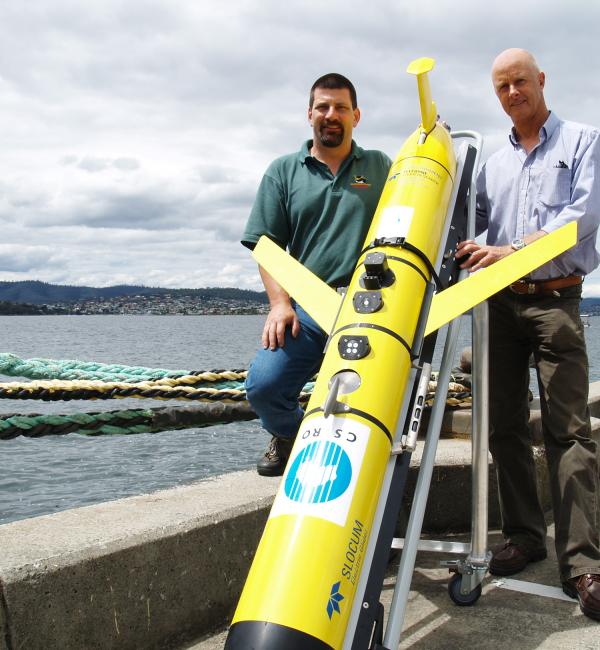Robot Glider to Probe Australia Floodwaters


A gliding robot is set to cruise over a stretch of Australian coast that has been devastated by the recent flooding.
The glider will be on a reconnaissance mission, watching how the ecosystem of Moreton Bay, east of hard-hit Brisbane , handles the rush of turbid water from the monumental floods.
"This information will help us understand the dynamics of the flood plume and its likely effects on seagrass, fish, dugong, turtles, coral and other marine flora and fauna. It will also give an idea of the bay's resilience after this extreme event," said study team member Peter Thompson, a biological oceanographer at Australia's Commonwealth Scientific and Industrial Research Organization. (A dugong is a sea cow related to the manatee.)
The assessment will be the first major survey by the glider, which was built for use in shallow Australian waters, Thompson said. An array of sensors on the robot will help map where the swollen Brisbane River dumps into the marine waters. [Related: When Will the Floods in Australia Stop?]
"This disastrous flood also provides us with a rare opportunity to understand how our marine ecosystems respond to massive inputs of fresh water and sediments," said study team member Andy Steven of the research organization, also known as CSIRO.
The glider's sensors will measure light, oxygen, temperature, salinity, nutrients, organic matter and phytoplankton (tiny marine life that uses photosynthesis to make energy). The data obtained during the daily glider surveys will be used together with satellite images and other data to create 3-D maps of the flooded marine ecosystem.
"Satellite images can clearly show the surface patterns of cloudy water (turbidity) and nutrients, but a companion instrument the glider is required to provide a sub-surface view," Steven said.
Get the world’s most fascinating discoveries delivered straight to your inbox.
The glider can see inside the cloud of mud and debris dispersing through Moreton Bay, Thompson said, which will help researchers fine-tune models of how the marine area will respond.



